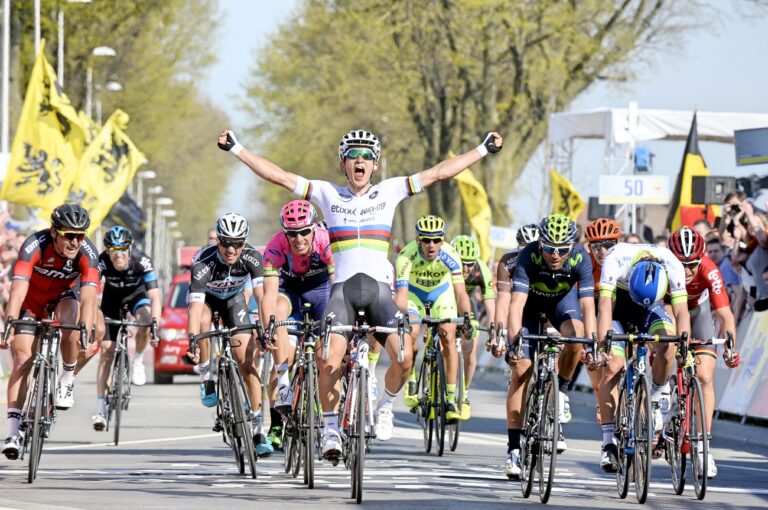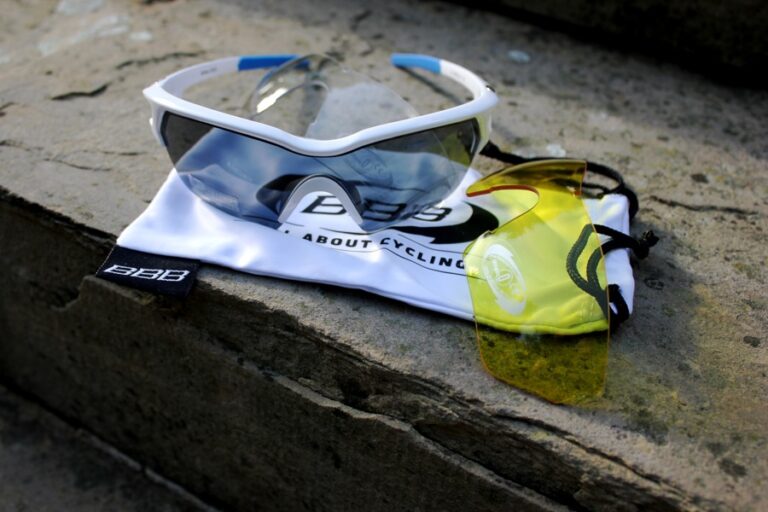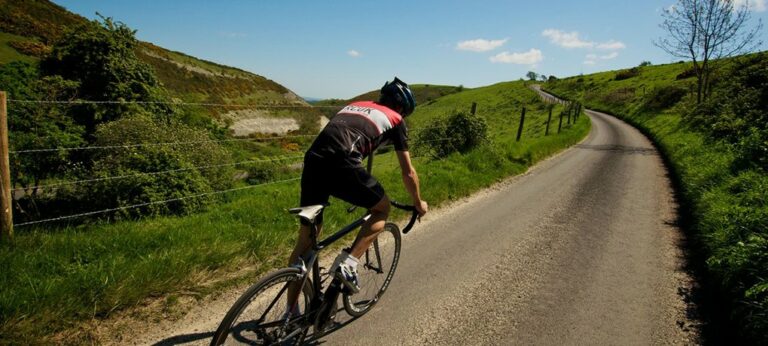Prevention is better than cure
-
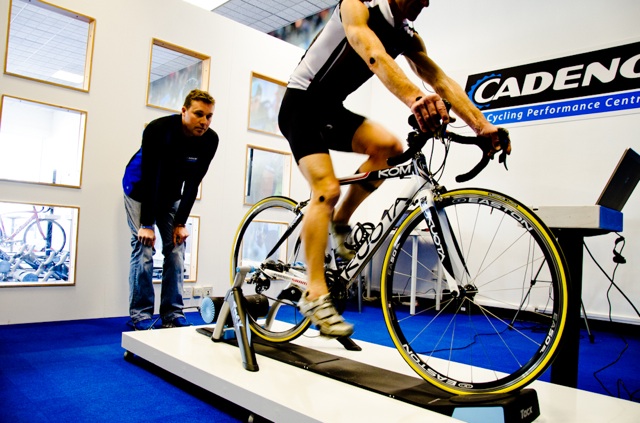
Having an expert design your training plan can take some of the guesswork out of training, and also help to ensure you recover properly and don't overtrain
-

Cleat position is a common cause of pain
-
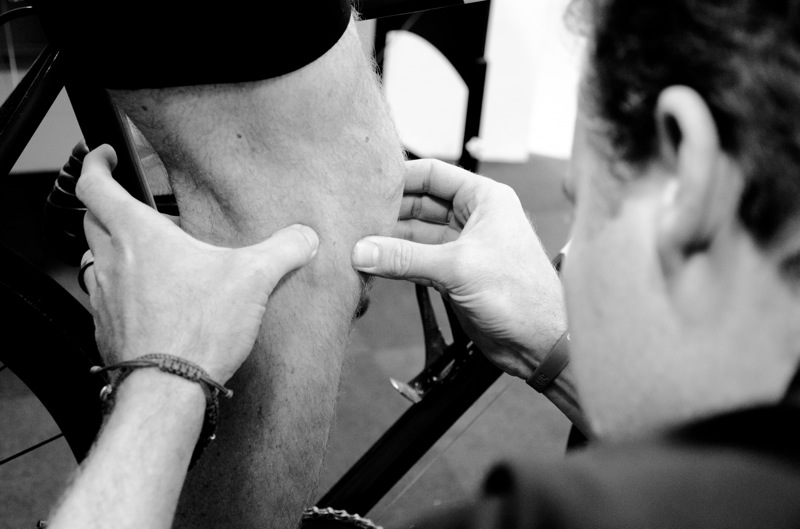
The knees are particularly susceptible to pain
-
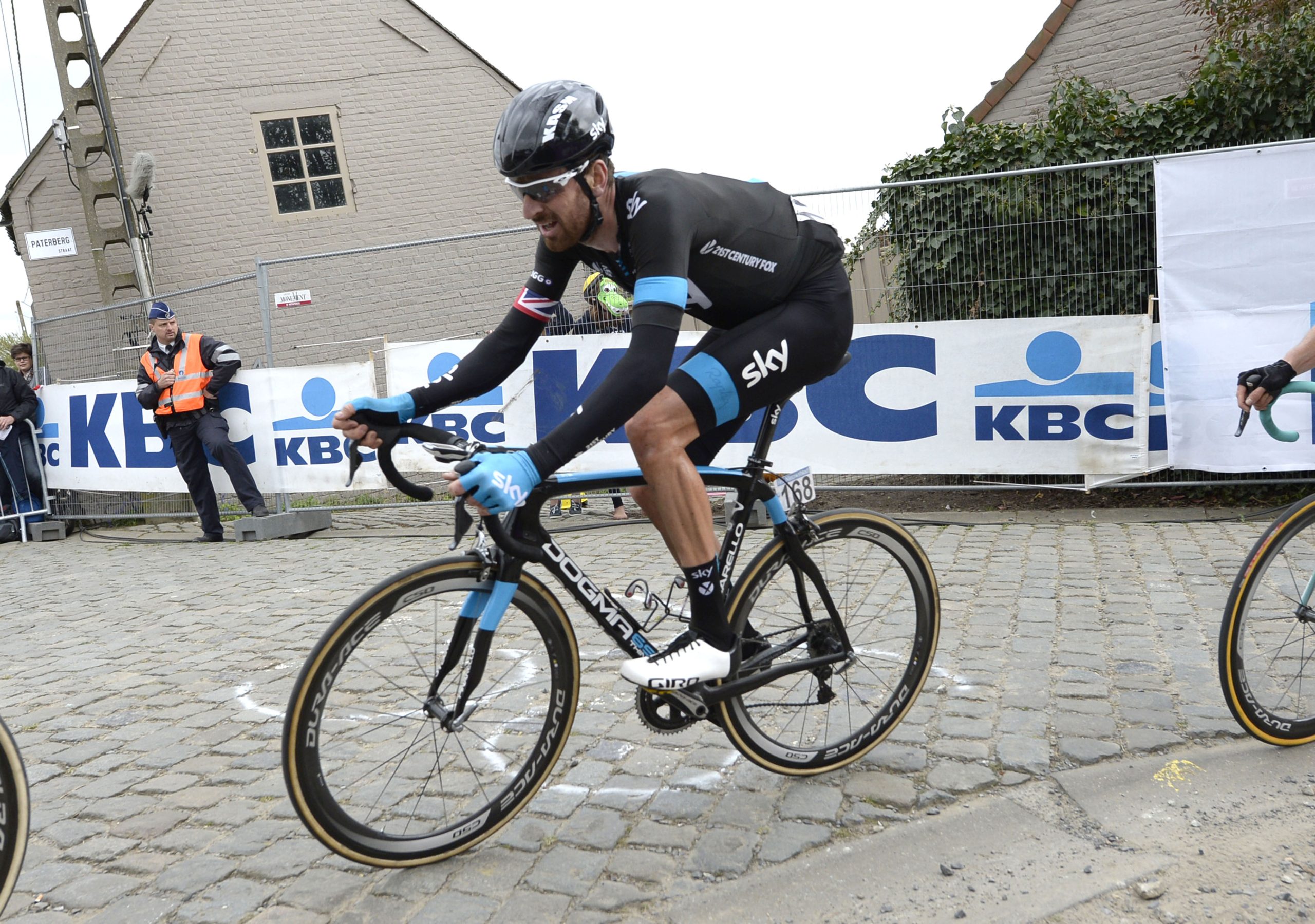
The aggressive, flat-back position of pros may not be suitable for you (Pic: Sirotti)
-
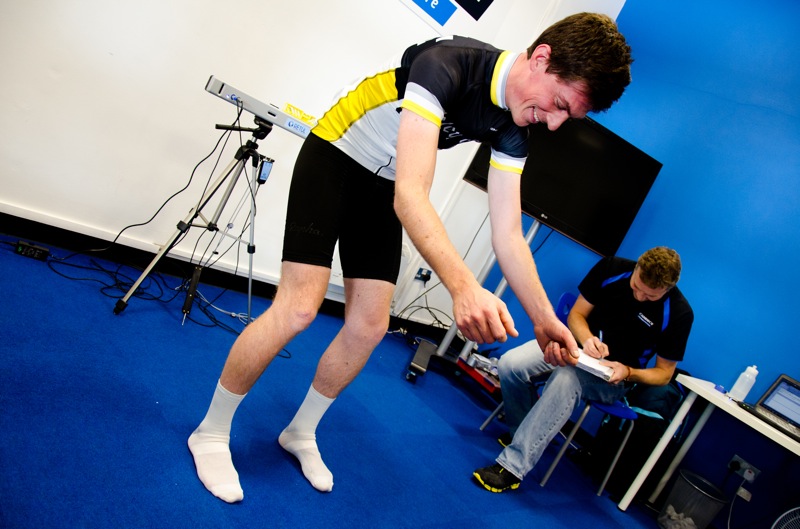
You elbows should have a 'soft bend' in them
-

The width of your handlebar could be linked to pain in your hands or arms
-

Pay particular care to fit if you adopt an aggressive time trial position
Prevention is better than cure
Aches and pains after a day in the saddle are nothing unusual. As the old adage goes – no pain, no gain. But there’s a difference between tired and sore muscles from a tough day climbing your local hills, and an underlying pain cause by a poor bike fit.
An ill-fitting bike – whether that’s the frame size, saddle height, reach, cleat position, and so on – can cause pain which, at best, is uncomfortable, and at worst, could have long-term effect, both on and off the bike.
However, many of the causes of pain or discomfort on the bike can be easily identified, according to British Cycling head physio Phil Burt, who also works as a consultant for Team Sky and has fitted the squad’s riders to their Pinarello Dogma bikes.
Burt is an expert on bike fit and has published an excellent book on the subject, Bike Fit: Optimise your bike position for high performance and injury avoidance. We caught up with Burt to find out the common symptoms of – and injuries associated with – a bad bike fit. Read on for his advice on how to alleviate pain in the feet/ankles, knees, hips/pelvis, lower back, neck and shoulders, and hands and arms.

